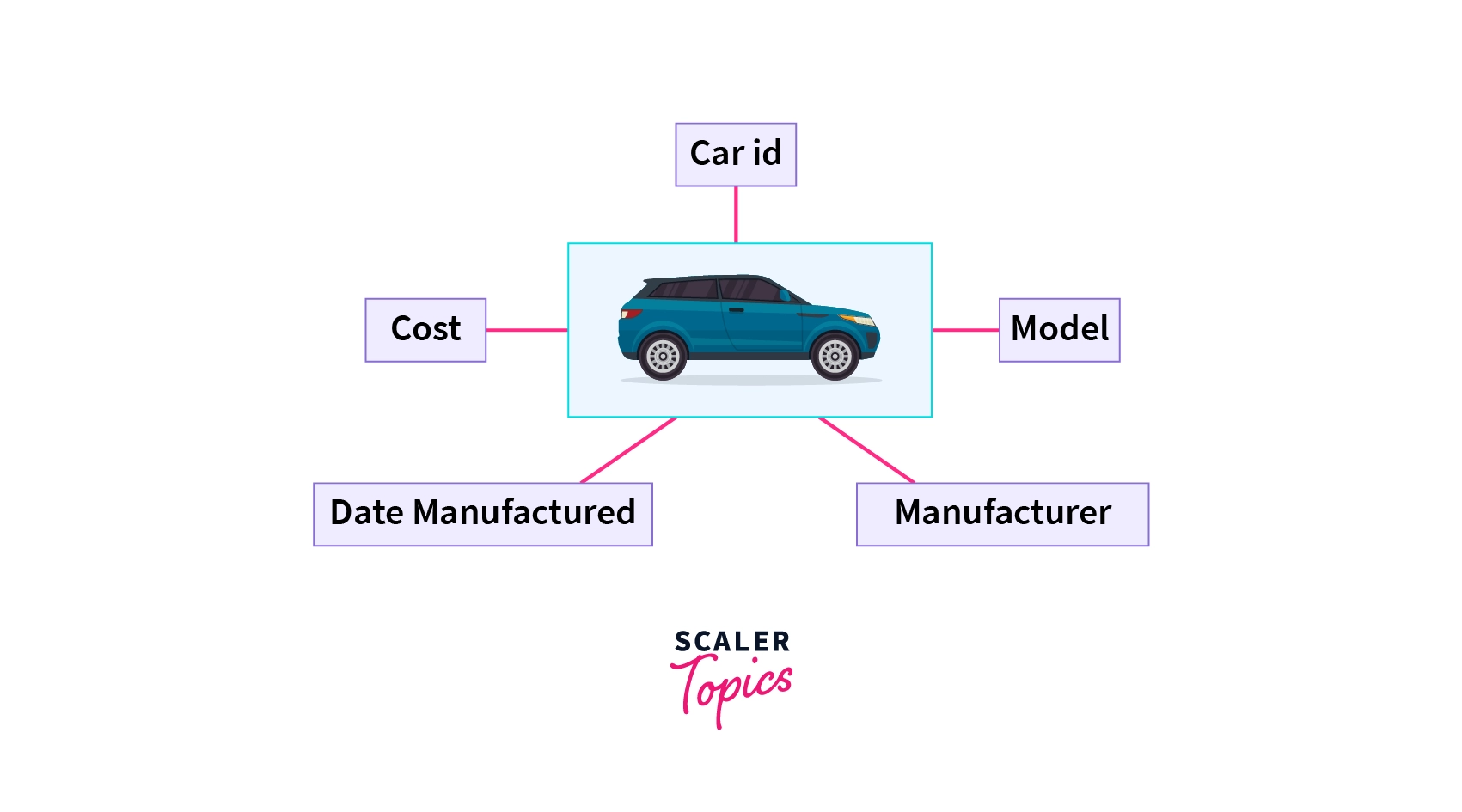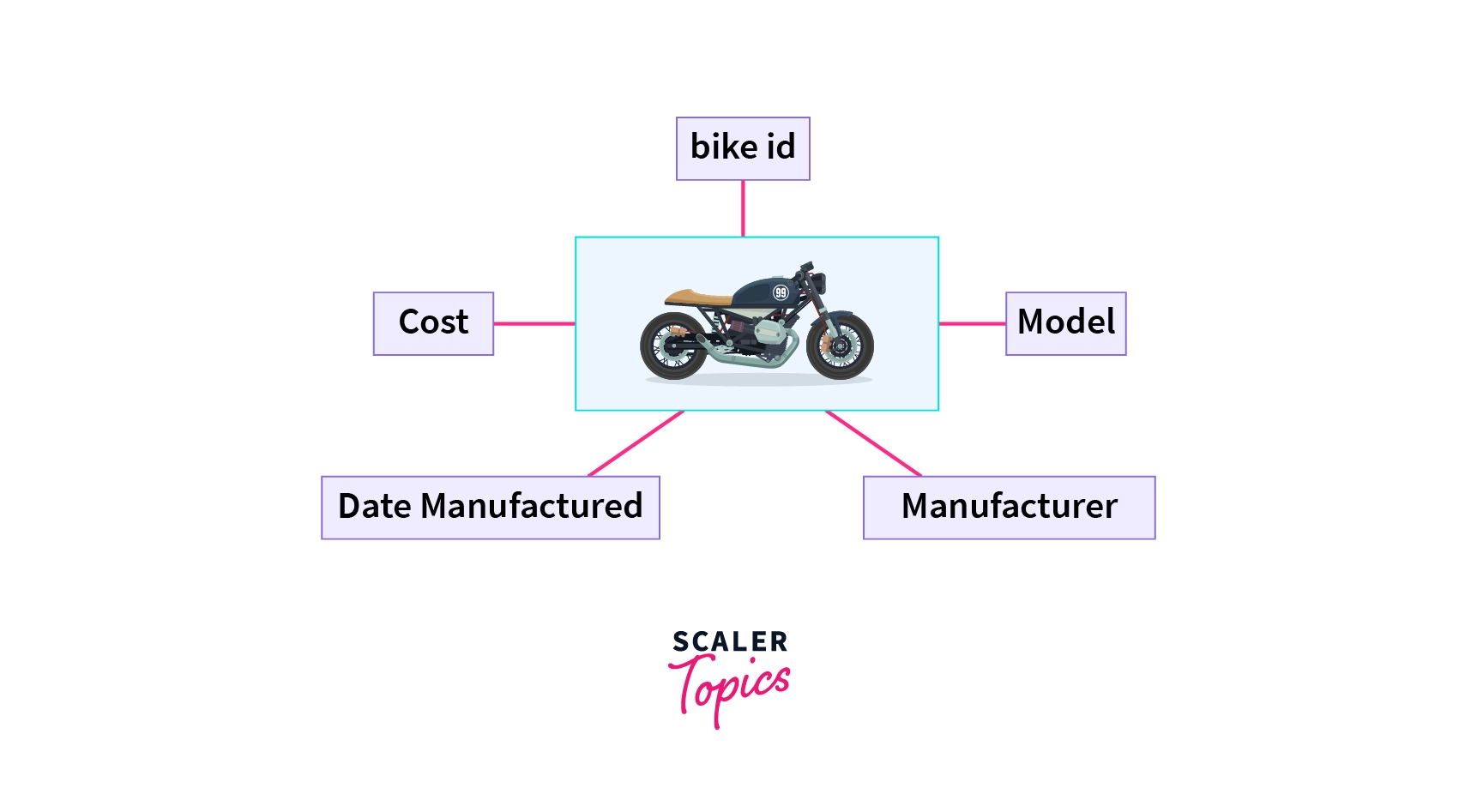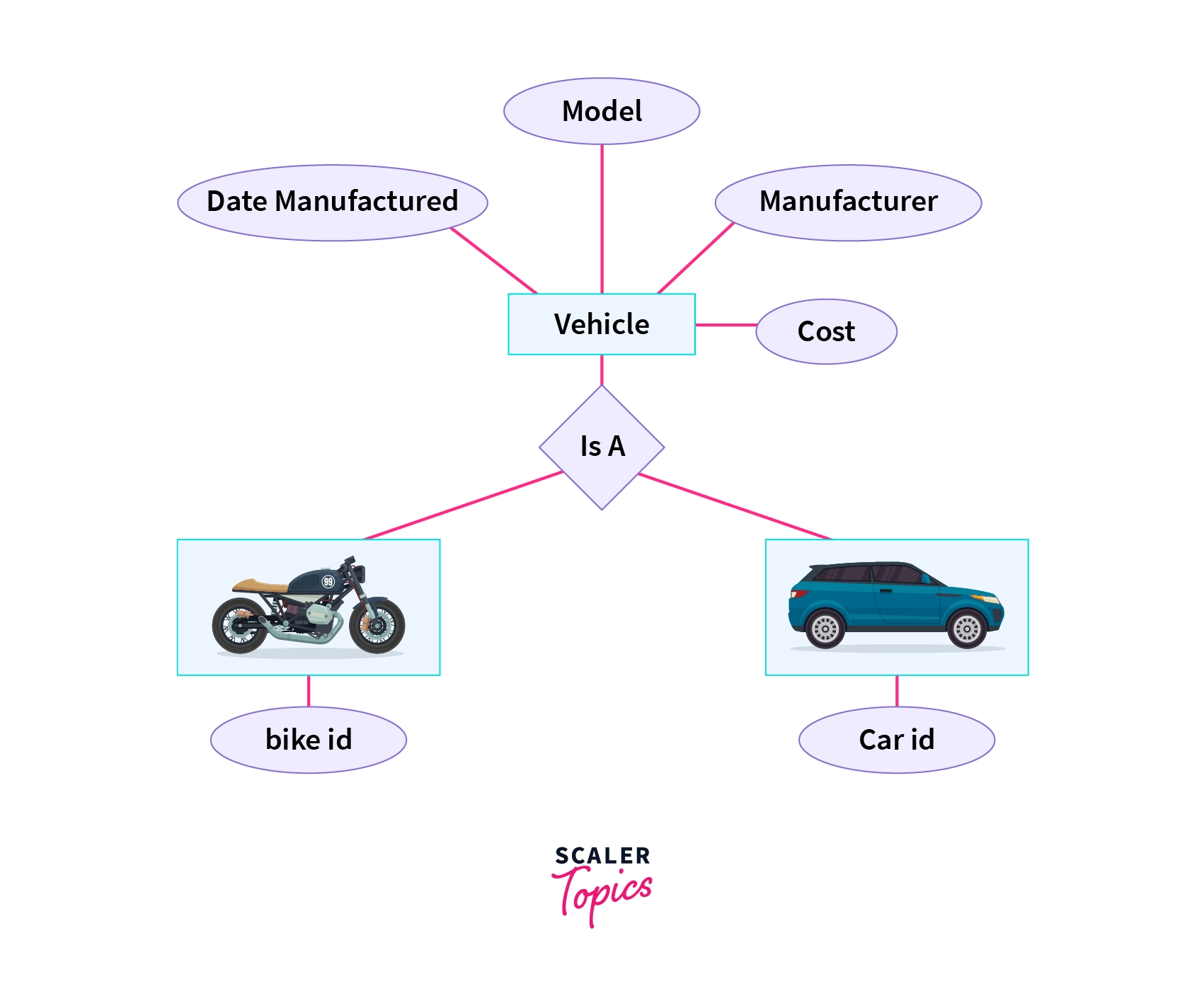Generalization in DBMS

Generalization in a Database Management System is a bottom-up approach where entities with common attributes are combined to form a higher-level entity. This process simplifies ER diagrams by merging lower-level entities, such as cars and bikes, into a more generalized entity, enhancing the management of growing data complexities. Unlike the subclass-superclass system, generalization uniquely groups subclasses into a superclass, thereby streamlining the ER model. This approach simplifies entity relationships and evolves the traditional ER model to efficiently handle increased data complexities.
Generalization Example
Let's take the above example which has the entity as car and bike and we need to generalize it based on the common entities between them so before generalizing we will have two separate entities for cars and bikes.
Entities Before Generalization
Below will be the entities before generalization:
Car Entity: Car entity can have attributes like car_ID, DateManufactured, Cost, Model, Manufacturer which will be generalized further.

Bike Entity: Bike entity can have attributes like bike_ID, DateManufactured, Cost, Model, Manufacturer which will be generalized further.

ER Diagram after Generalization
We can see that for cars and bikes some attributes like DateManufactured, Cost, Model, Manufacturer are the same so we can generalize them into an entity called Vehicle.
The vehicle entity will be having these common attributes and the bike and car entity will be related to them using "Is A" relationship table, So ER diagram can be generalized by:

To know more about Entity in DBMS, refer to this article.
Conclusion
Now that we have seen an example of generalization in DBMS, let us note down a few points.
- Generalization is a process in which a new entity is formed using the common attributes of two or more entities.
- The newly formed entity is called the generalized entity.
- Generalization follows the bottom-up approach.
- It generalizes or simplifies the entities.
- Higher-level entities can also be combined with lower-level entities.
